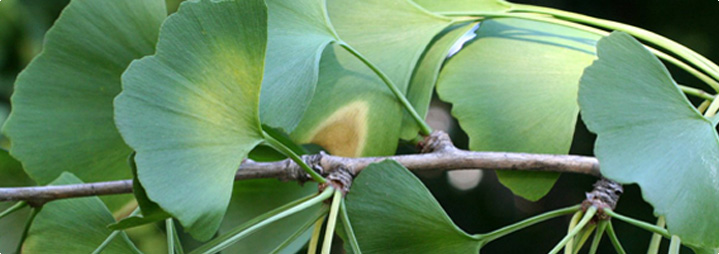Are Phytoestrogens Necessary To Treat Menopause?
The use of herbs that contain phytoestrogens have been touted by menopausal women for their impact in treating symptoms like hot flashes, night sweats and loss of libido. A popular choice, because of their natural therapeutic properties, phytoestrogens do not introduce foreign compounds into the body to restore hormone balance. But what exactly are phytoestrogens, and how critical are they to treating menopause? Read on to find out.
What Are Phytoestrogens?
 Phytoestrogens are plant-based compounds that mimic the effect of estrogen when introduced into the female body. Their role is especially important during menopause, when womens’ bodies drastically reduce production of essential female hormones like estrogen and progesterone, causing hormone imbalance and triggering a range of unwanted symptoms. Phytoestrogens work to restore hormone balance by taking the place of estrogen when levels are too low or high. They are found in herbs like dong quai, red clover, ginseng and ginkgo biloba as well as a variety of foods, such as soy and lentils. Keep reading below to learn about whether or not you should use phytoestrogens to treat menopause.
Phytoestrogens are plant-based compounds that mimic the effect of estrogen when introduced into the female body. Their role is especially important during menopause, when womens’ bodies drastically reduce production of essential female hormones like estrogen and progesterone, causing hormone imbalance and triggering a range of unwanted symptoms. Phytoestrogens work to restore hormone balance by taking the place of estrogen when levels are too low or high. They are found in herbs like dong quai, red clover, ginseng and ginkgo biloba as well as a variety of foods, such as soy and lentils. Keep reading below to learn about whether or not you should use phytoestrogens to treat menopause.
Menopause Treatments: Weighing Your Options
Phytoestrogens are just one of the many options available to treat the symptoms of menopause. Women who use herbs or eat foods that contain phytoestrogens do so because it is generally considered a safer and more natural alternative to hormone replacement therapy. Additionally, herbs and foods that contain phytoestrogens often contain other disease-fighting agents, such as antioxidants, ginsenosides and lignans.
Additional treatments for menopause vary from behavioral changes to prescription drugs. They include:
 Regular exercise. In addition to helping you maintain general well-being, exercise encourages blood circulation and increases the production of endorphins, which help to elevate mood.
Regular exercise. In addition to helping you maintain general well-being, exercise encourages blood circulation and increases the production of endorphins, which help to elevate mood.
Yoga. Encourages blood circulation, improves strength and flexibility. It also helps many women to relax and gain control of anxiety, depression or irritability.
Hypnosis. May be used to improve mood-related menopause symptoms such as depression and anxiety, which can often act as triggers to other symptoms of menopause, such as hot flashes and night sweats.
Diet. Eating a diet rich in fruits and vegetables, omega 3 fatty acids (fish and nuts) and calcium (dairy products) can help ward off postmenopausal concerns like osteoporosis. Avoid spicy foods and caffeinated beverages to reduces instances of hot flashes, night sweats and irritability.
HRT. Hormone replacement therapy (HRT) treats hormonal imbalance by putting synthetic estrogens and progesterones into the body.
Recommendation
While phytoestrogens are not the only way to treat menopause, most doctors recommend combining lifestyle and dietary treatments with those that address hormone imbalance directly. Phytoestrogens are probably already a part of your daily lifestyle, as they are contained in many common foods. Click here for more information about phytoestrogens and menopause.
Sources:
• Pachman, Deirdre R., Jason M. Jones & Charles L. Loprinzi. �Management of menopause-associated vasomotor symptoms: Current treatment options, challenges and future directions.� http://www.ncbi.nlm.nih.gov/pmc/articles/PMC2971731/?tool=pubmed



























